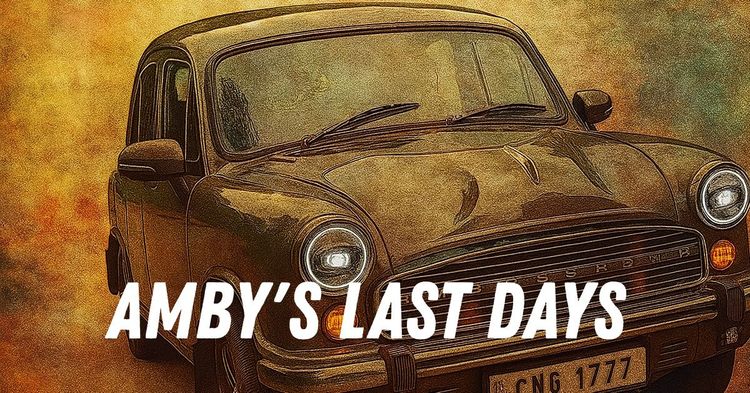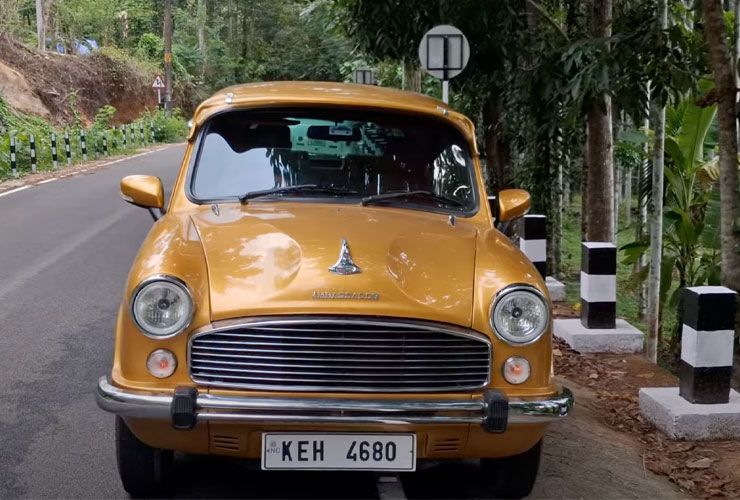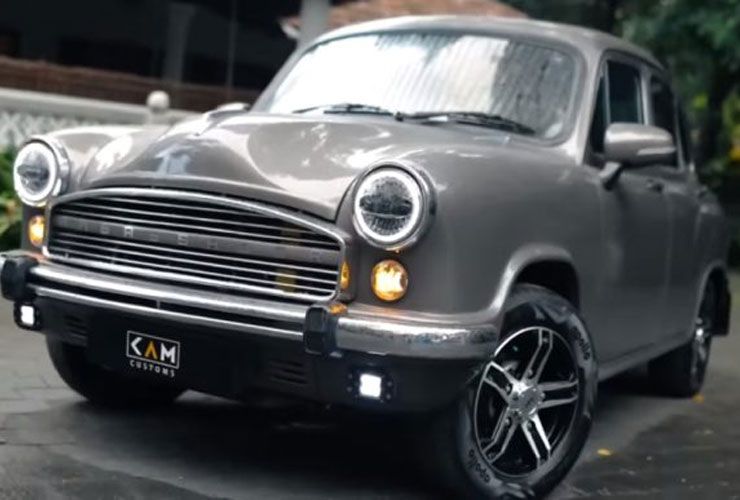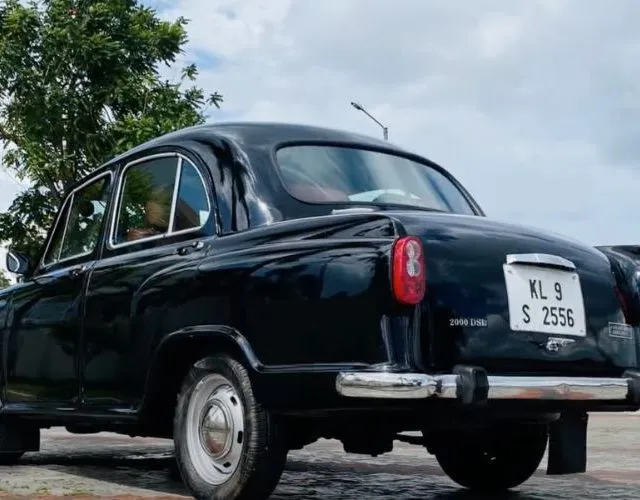The Fall of a Legend: Tracing The Days Of The Ambassador


For decades, it was more than just a car. The Hindustan Ambassador stood as a symbol of authority, power, and nostalgia. From the red beacon rides of bureaucrats to the bumpy yet dependable taxis of Kolkata, the Ambassador was everywhere. But as the 21st century progressed, the once-proud "King of Indian Roads" struggled to keep up with a rapidly changing world. By the time the last unit rolled out of the Uttarpara plant in 2014, it was less a grand farewell and more a quiet retreat.



The Ambassador's lineage traces back to the British-built Morris Oxford Series III, launched in India in 1958 by Hindustan Motors (HM). For years, it thrived in an environment where competition was minimal, and demand for private vehicles far exceeded supply. It became the go-to choice for government officials and families alike, its spacious cabin and robust build offering unmatched comfort and familiarity. In a way, it wasn’t just a car people bought, it was a presence people accepted.
Through the 1960s, 70s, and 80s, the Ambassador enjoyed a dominance few other cars would ever know. Part of that dominance, however, was a result of a stagnant auto industry. With no need to innovate, HM continued with minor tweaks to the same platform. By the time Maruti Suzuki entered the market in the 1980s with the compact and modern 800, the Ambassador already felt like a relic. But somehow, it still held on, not through innovation but sentiment.
The signs of decline were evident even in the early 1990s. Liberalisation opened the Indian market to foreign players and better-engineered, more fuel-efficient cars. The Ambassador, with its dated looks and outdated technology, began to look like a museum piece in a showroom. Private buyers moved on to sleeker, more modern alternatives, leaving the Ambassador to serve primarily as a taxi or government staff car.
Hindustan Motors made attempts to modernise the Ambassador. It received minor facelifts, better interiors, and even new engine options including the Isuzu-sourced petrol and diesel units. But these were patchwork solutions on an ageing platform. The core problems remained — poor ergonomics, lack of safety features, inefficient fuel economy, and outdated manufacturing processes.
Perhaps more critically, HM failed to change how it built the car. The production methods were antiquated, the quality inconsistent. For a while, its sturdy build and ability to handle rough roads helped retain loyal buyers. But with rising customer expectations and no real investment in R&D, it was a matter of time before even nostalgia ran out of fuel.
By 2010, the Ambassador was no longer a significant player in the market. Sales dwindled to a few hundred units per month. The private sector had all but moved on. Even government demand, once the car’s lifeline, was drying up due to changing procurement policies and preferences for modern sedans.
The final blow came in May 2014. Hindustan Motors officially suspended production at its Uttarpara plant. It cited worsening financial conditions, low productivity, and a lack of demand. That month, only two Ambassadors had been built. For a car that once sold in thousands, this was a grim farewell. There was no ceremony, no fanfare. Just the quiet halt of an icon.
Though its production ended, the Ambassador didn’t disappear overnight. Taxis continued to ply in Kolkata, a few government offices still had dusty old units tucked away in garages, and collectors began preserving it as a part of history. In 2017, French carmaker Peugeot bought the rights to the Ambassador brand, sparking rumours of a revival. But nothing substantial followed.
Ironically, the Ambassador found a second life not on roads, but in popular culture. It continues to feature in films, art, and stories. It’s remembered not for performance or efficiency but for what it represented; a certain stubborn charm of old India, both flawed and endearing.
The Ambassador's demise wasn’t a failure as much as it was an inevitability. It could not adapt to a fiercely competitive automotive landscape where value, features, and safety drive consumer choices. But it left behind a legacy few cars can match.
It taught an entire generation how to drive. It carried families, politicians, celebrities, and bureaucrats alike. It wasn’t perfect, but it was ours. And for many, that was enough.
Even today, when one spots a worn-out Ambassador navigating a narrow street, it doesn’t invite mockery. It invites a smile, a memory, perhaps even a sigh. Its story may have ended, but its presence lingers, not as a machine, but as a marker of time passed.
In the end, the Ambassador didn’t crash out. It simply stepped aside. Quietly, like a true gentleman.